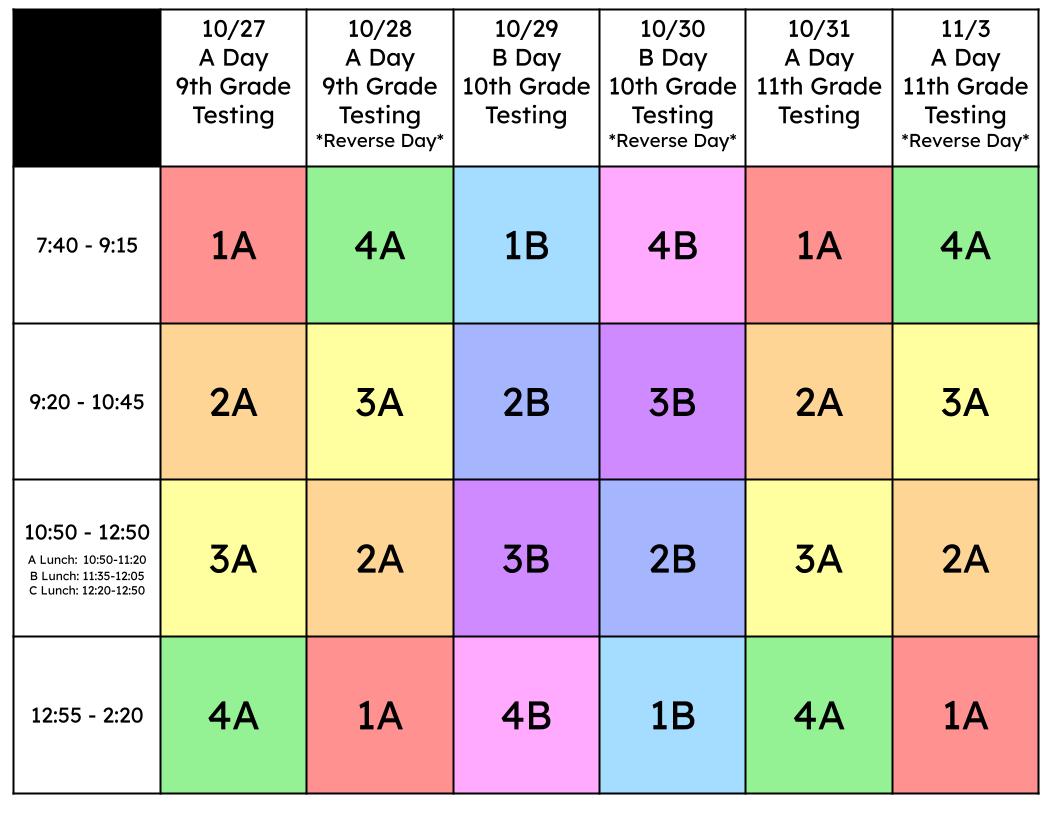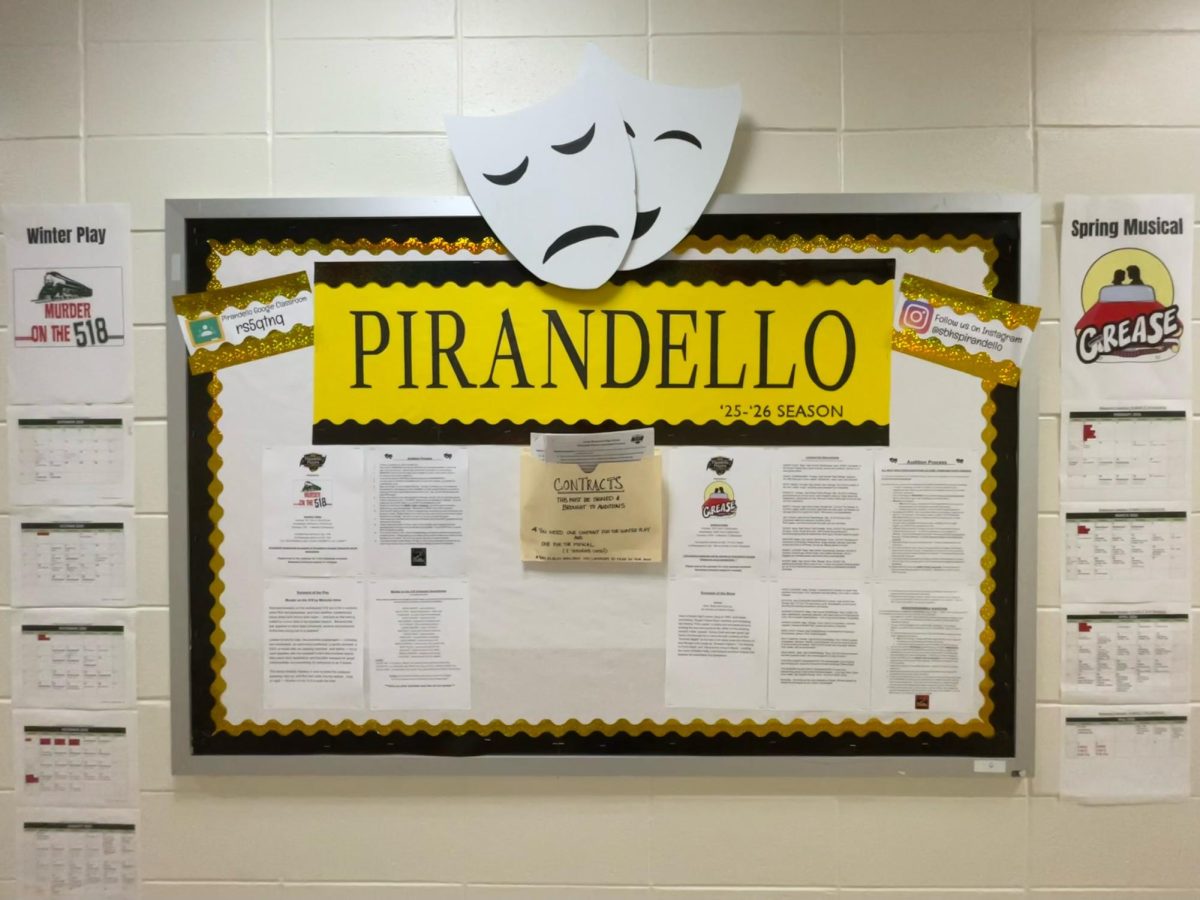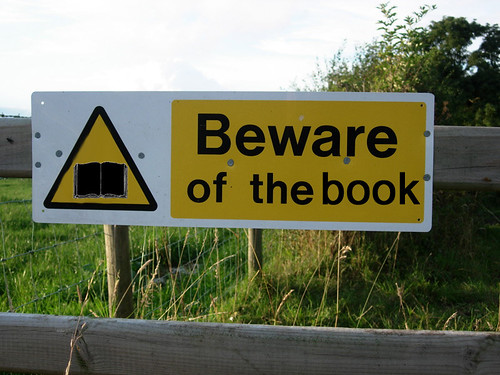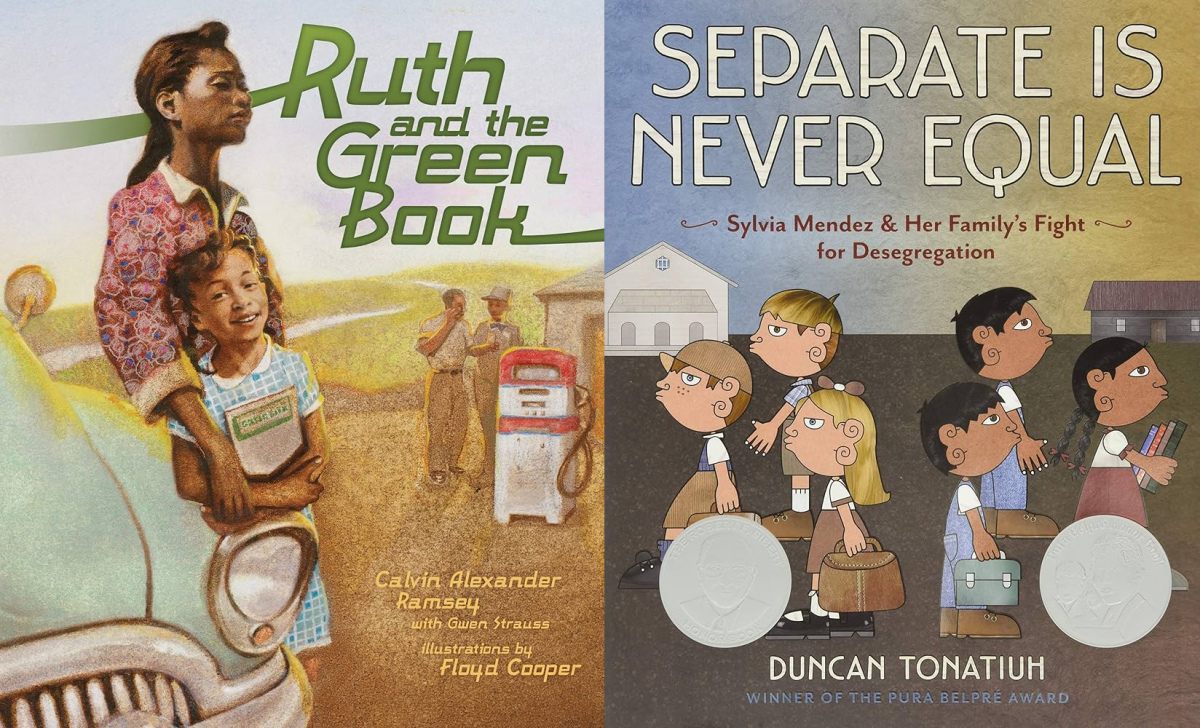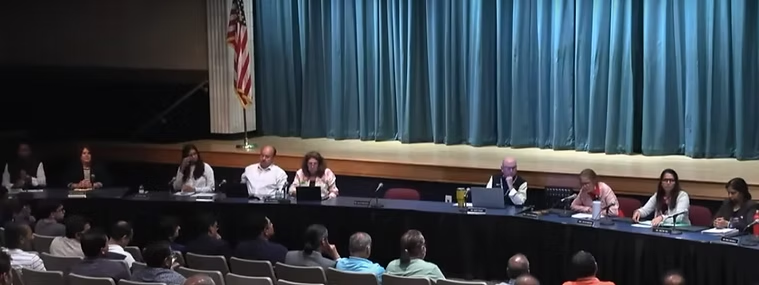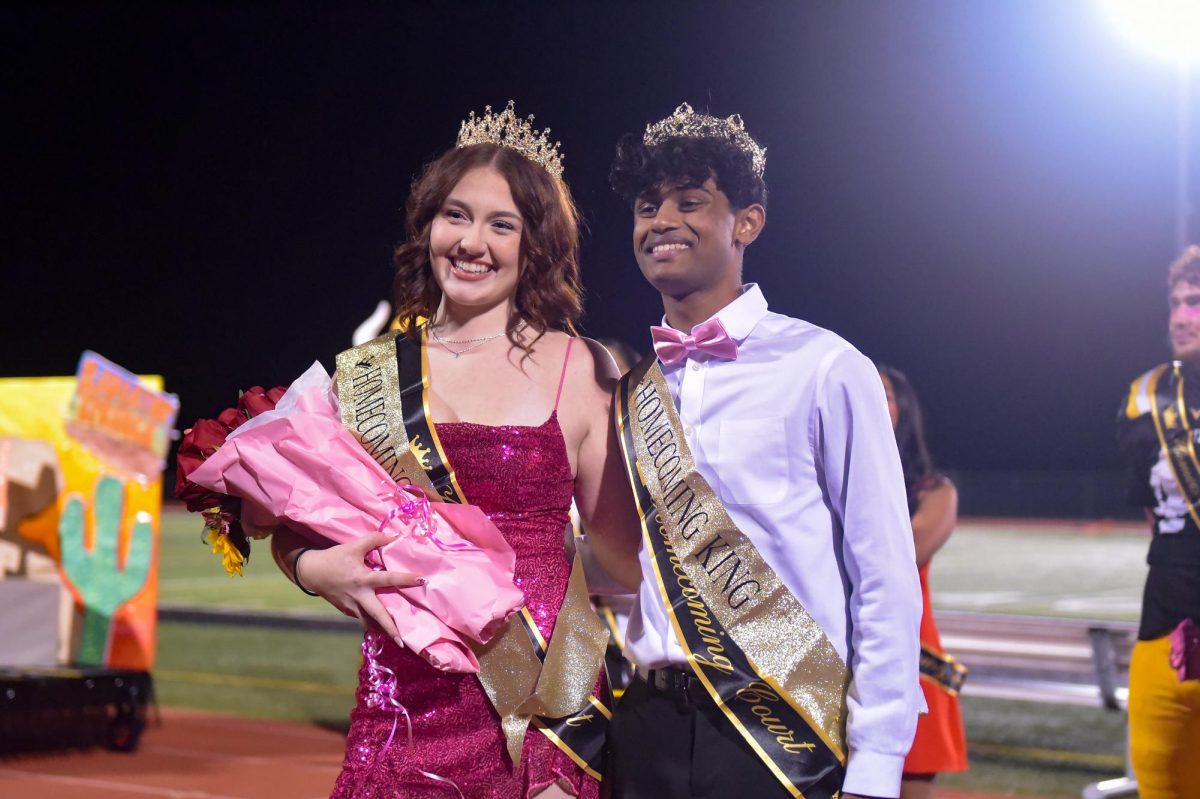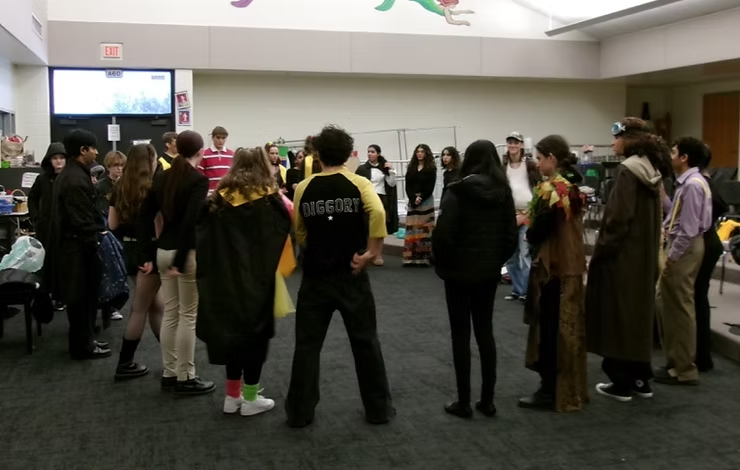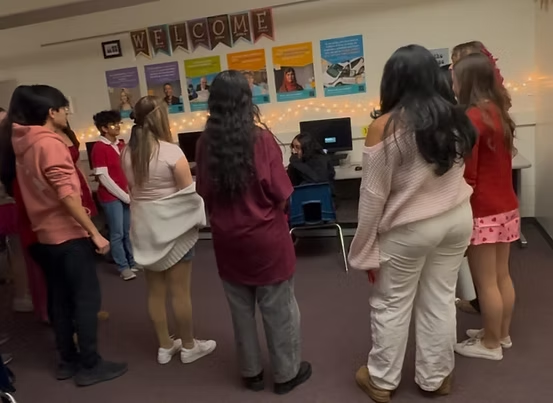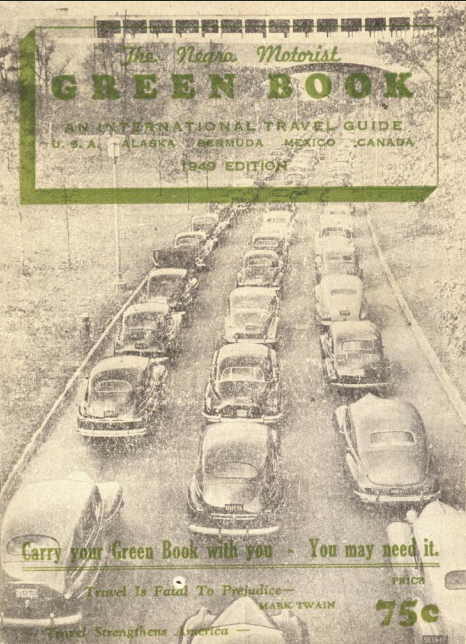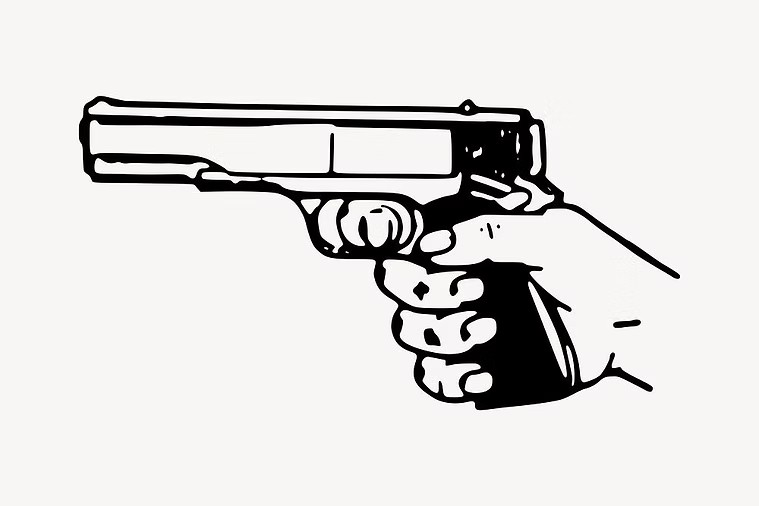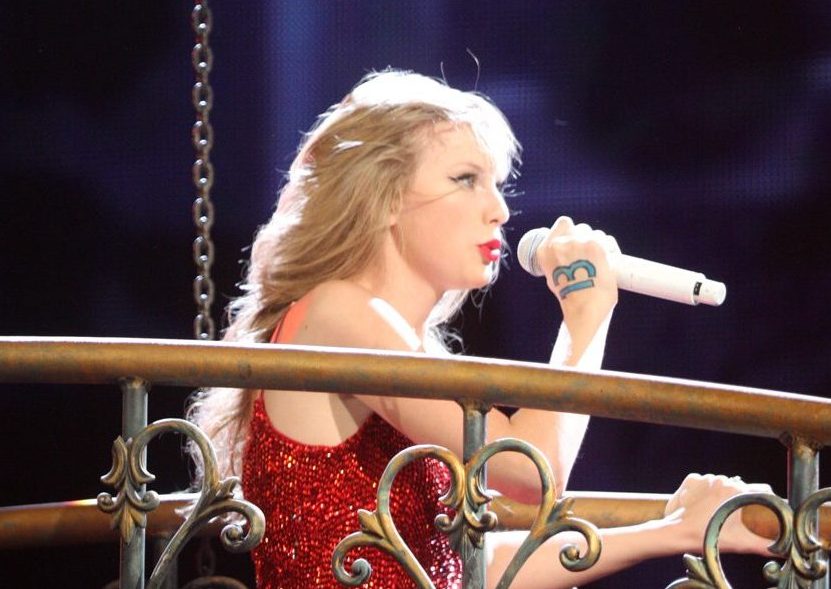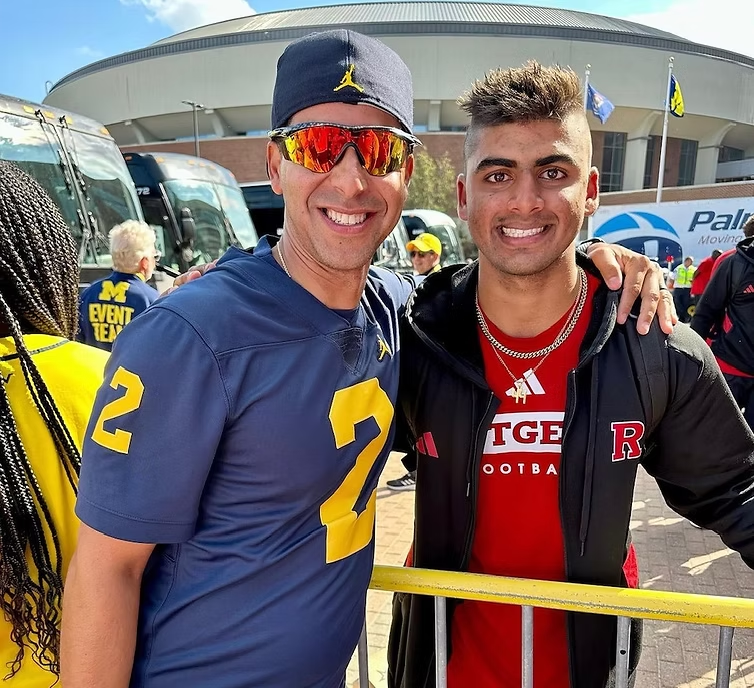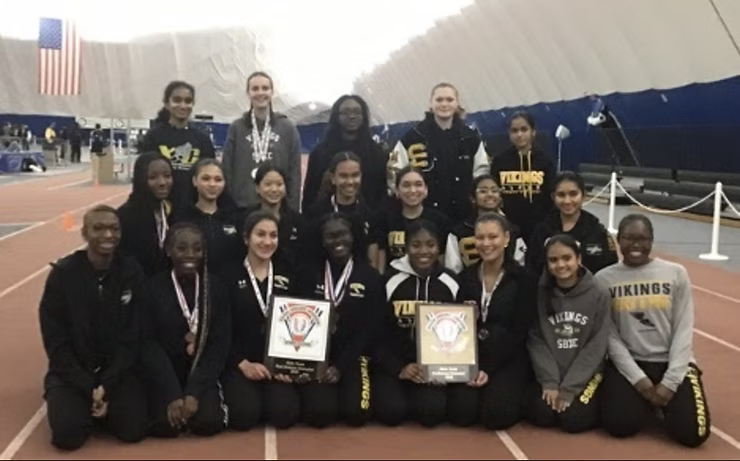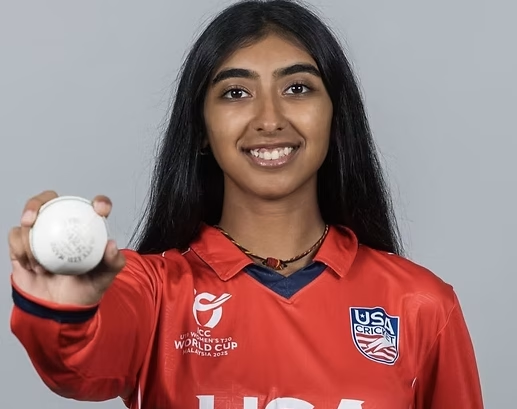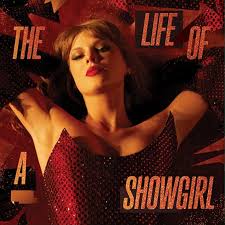
Friday, October 3rd, marked the anticipated release of Taylor Swift’s new album, The Life of a Showgirl. Announced just two months ago on the Kelce brothers’ podcast, New Heights, Swift began teasing her album across social media platforms. Just as there are mixed reviews from critics, including Rolling Stone giving her five star compared to the scathing review from The Guardian, the majority of the fanbase, dubbed “Swifties,” seem to be split between a strong hatred for the album or an infatuation with its pop production.
The album was produced by Swift’s long-term collaborators, Max Martin and Shellback, two of the most crucial figures from her fifth album, 1989. Thatalbum, widely regarded as the “pop-bible” for its 11 weeks atop the Billboard 200, holds little similarity to Showgirl. While Swift herself is regarded as a pop icon, many tracks on her most recent album fell flat. Fans expected the energy of the track 13 from her last album, The Tortured Poets Department (TTPD), titled “I Can Do It With a Broken Heart,” with vaudeville theatrics and cabaret-esque music, but were handed a run-of-the-mill pop album with influence from a range of other artists. The songs feature a token synth-pop style, incorporating elements of new wave instrumentals and basslines.
While the concept of the album seems interesting, Swift’s lyricism appears to fall short under the guise of her mixing new with old, for example, the first track containing a modern retelling of Hamlet‘s Ophelia. While she may not be a Nobel Prize-level songwriter, her reputation for being a wordsmith is seen throughout her discography. Her lack of poeticism in Showgirl, even if intended to be a pop album, has never been starker.
Among her more criticized songs on this release were “CANCELLED!” and “Actually Romantic.” Fans speculated that with “CANCELLED!” Swift intended to defend her friends who were under fire, such as Blake Lively, although nothing was explicitly stated in the song itself. Fans also believed that “Actually Romantic” was a subtle diss at former friend in the industry, Charli XCX, though again, nothing had been stated in the song.
Another quality recognized by fans across the internet was the similarities to existing songs. Many tracks shared the same melodies, beats, and instrumentals; the ninth track, “Wood,” had nearly the same sonics as “I Want You Back” by the Jackson 5, and the title track sounds nearly identical to “Cool,” a Jonas Brothers song released in 2019. While some songs have interpolation credits, others go further than just interpolating, with the melodies being far too similar.
The album might not be her best, but it certainly is her shortest, spanning just 13 tracks, a complete 180° from TTPD, which contained over 30 tracks. While she may have taken the criticisms of the last album being too long and prose-y, this album certainly lacks the characteristic Swift charm. The production on each song sounds very similar, with the same new wave groove and basslines, but can’t be attributed to the producers or genre, seeing that previous albums like 1989 and reputation contained well-thought-out writing alongside very similar pop beats seen in Showgirl.
The rollout added an even stranger, out-of-touch feel to the album. The marketing was done via countdown clocks and merch releases through her official team, known as TaylorNation. Manyfans felt like everything was a money-grab with over 30 variants of the same album, and half of those announcements before the album was even released. Swift’s official website lists both digital download exclusives as well as CDs, vinyl LPs, and a cassette, tallying up to 34. With the release of this album, one thing is clear: the tone-shift from Taylor Swift, the artist, to Taylor Swift, the brand.
